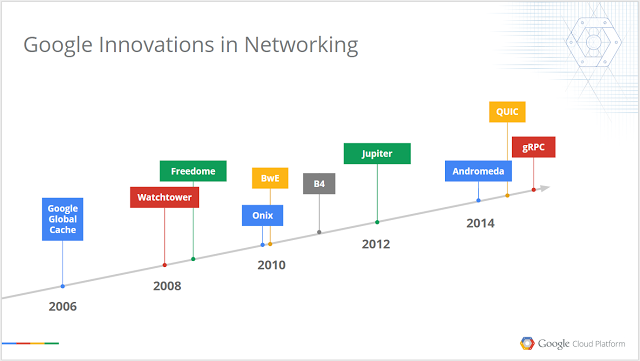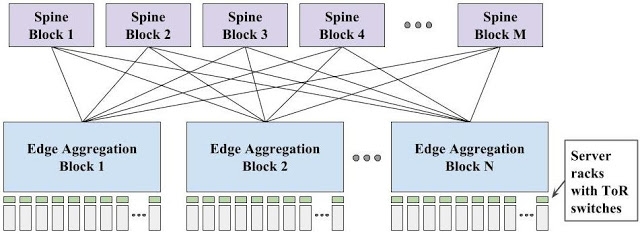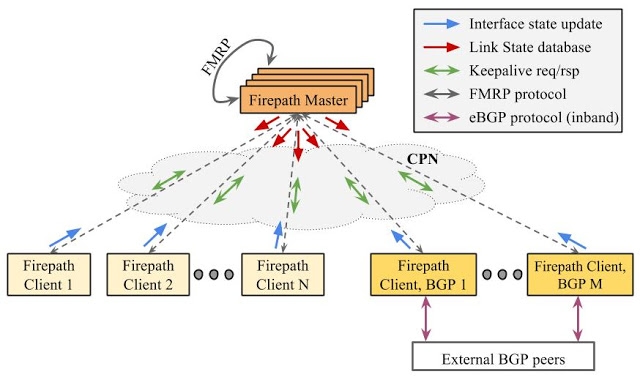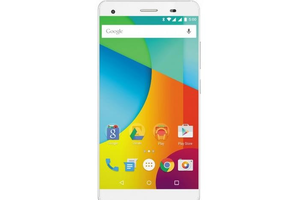
On Tuesday, the ACM SIGCOMM 2015 Conference in London, in a Google document outlines a framework of its decade-long “journey”-build software defined network (SDN). In 2004 Google show how they still use vendor’s switch, one year after the transition to develop your own hardware, then transfer data to a server in their data center.
In 2005, most companies haven’t thought yet to develop their own data switch, but Google has the bandwidth demand, because at the time the demand is doubling about every 12-15 months. Face off-the-shelf equipment of high costs and operational complexity, Google decided to try to use a customized approach. This effort is inspired by its success in commercial servers for high performance computing. Paul Frank iPad Air 2 Case
Google’s move has sparked a new round of innovation, software defined network (SDN), birth of SDN’s purpose is to replace the traditional network hardware such as switches. SDN network are considered by many less expensive, because it requires too much manual control switch, change can be remotely carried out by software.
In the past ten years, Google has developed networks in the five dynasties, at the same time also faced some setbacks. For example, its first generation Internet Firehose 1.0 was never put into production. Google trying to switch fabric integrated directly into the server, but it does not work as well as expected, and because the server failure brings down the network.

And the blueprint for data center network
In this and the network devices, some core principles remains unchanged. They are characterized by using off-the-shelf chips designed specifically for network hardware components, these components can be purchased from a company like Broadcom, and using advanced control software for managing complex networks. Jupiter, which is the current version of its network, 100 times its capacity compared with Firehose 1.0 times improved.
Google said the share network information is the main reason, it was open to the construction of infrastructure, and providing others with Google Cloud platform services. Has a huge infrastructure for distributed computing, you need world class network of servers connected together. Google officials also said it hoped that other companies can work to building facilities to help run by Google (data analysis), because it has reliable speed and performance.

Previously, Google never share so many of the details, because it believed that a big advantage of this is it. Now, because of the size of network run by Google, that few other companies do, Google tried to share some network set up with the academic sector on the challenges faced by, hoping to get help from academia. Google in usability, configuration, infrastructure management, and overall predictive aspects, has faced some big challenges.
According to information released by Google blog on Tuesday, their network is the world’s largest data centers. With its existing network of Jupiter, Google every 100,000 servers in the data center, can be used in any mode at a speed of 10,000 megabits per second to each other.
Although Cisco is still the world’s leading Internet provider, but there are now many companies have already begun trying to use commodity hardware and other alternatives to replace the traditional switches in the data center. So inevitably some of Cisco’s business concerns.
But Cisco said SDN threat is exaggerated. Their networks business continues to perform well, but also in the data center, the SDN areas has been widely recognized, Cisco SDN solution Application Centric Infrastructure has grown tremendously as compared 200%.
And, according to IDC research figures show, Cisco remains the largest manufacturer of networking hardware, and during the first quarter of 2015, 10,000 Gigabit Ethernet switch market, its market share of more than 61.1%.
via wsj

37 votes
Google Lava Pixel V1
Last September, Google launched a “cheap version of Nexus” positioning Android One cell phone brand, mainly for the India market. In order to reflect the advantages of low-end brands, Google this phone prices at around $ 100. Nearly a year later, Android One in India market and did not meet the company’s expectations.
View details of the voting >> Paul Frank iPad Air 2 Case
